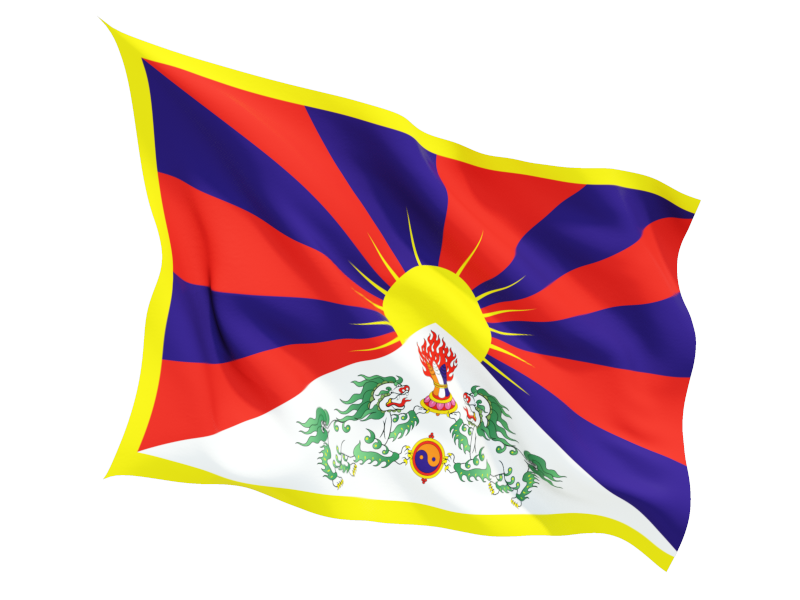Tibet
Land Size (km/sq)
Population
%
Buddhist
Avg Altitude (ft)
TIBET, the roof of the world, is a vast country, rich in minerals and flora and fauna. Contrary to popular belief, Tibet is not entirely arid and barren. It has vast areas with forests, endless pasturelands suitable for animal husbandry and extensive fertile valleys. Surrounded by high snow-capped mountain ranges and dotted with numerous lakes, Tibet is also the source of many great rivers. It is covering an area of more than 2.5 million square kilometres.
Tibet commands not only the highest but also the most strategic position in Central Asia, as it borders India, Nepal, Bhutan and Burma to the south; Eastern Turkistan to the north and China to the east. The Tibetans are a distinct people with its own spoken and written language, culture, religion, traditions, food and dress. In 1959 the population of Tibet was estimated at six million.
Over the centuries, Tibet has been an independent country with its own unique history and traditions. In 1949, the Chinese People’s Liberation Army invaded Tibet. Despite promises of autonomy, the Chinese government waged a reign of terror among the Tibetan people aimed at the forced assimilation and destruction of Tibet’s ancient culture and identity. After nine years of broken promises and attempts to find a peaceful solution, the spiritual leader of the Tibetans, the Dalai Lama, fled from Tibet to India in 1959 after a bloodily suppressed popular uprising. More than hundreds of thousands of compatriots followed him into exile and have since lived all over the world.
In Tibet itself, the Tibetan people still suffer under a brutal regime that crushes any expression of resistance to China’s rule. People with dissenting opinions and others who stand up for their own culture, language and human rights are arrested, tortured and imprisoned. Independent observers, journalists and diplomats are barred from entering the country.
An estimated 1.2 million Tibetans have died as a direct result of Chinese occupation.

